Mind-Blowing Numbers Behind Computer Memory and Storage
How much storage does your phone have? If you’re rocking an iPhone, it could range from a modest 64 GB to a whopping terabyte. And if you’re a gamer, chances are your console’s external hard drive boasts at least a terabyte or two. Now, imagine this: back in 1995, the average computer had about 12 MB of RAM and a hard drive that maxed out at around 500 MB to 1 GB. It’s mind-blowing how far we’ve come in just a few decades. Memory and storage have evolved so much that today’s devices feel like they’re from another planet compared to their ancestors.
Take Dropbox, for example. They offer a terabyte of storage, which might sound abstract until you break it down. That single terabyte can hold roughly 250 full-length movies or a staggering 6.5 million pages of text. To put it another way, it’s like carrying an entire library, a movie collection, and your entire photo album in your pocket—without breaking a sweat.
But let’s take a step back and really appreciate how much memory has changed. In the ’90s, storing a single high-resolution photo could eat up a significant chunk of your hard drive. Today, you can store thousands of photos, hours of 4K video, and countless apps without a second thought. It’s not just about quantity, either. Faster memory and larger storage have transformed how we work, play, and connect. From streaming movies on the go to backing up entire projects in the cloud, the possibilities are endless.
10.How Much Can the Human Mind Store? Scientists Say Petabytes!
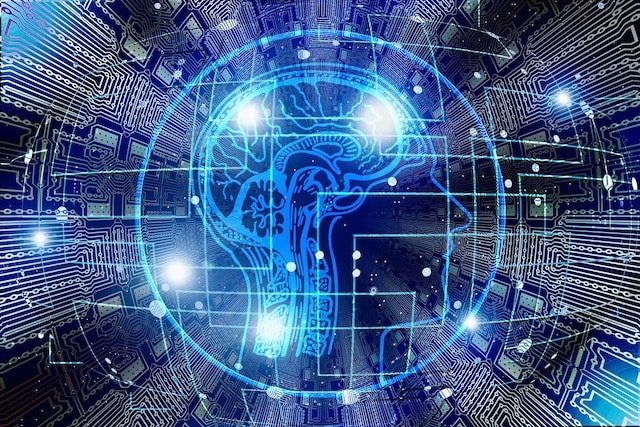
When we talk about computer memory, it’s hard not to draw parallels to our own brains. After all, both store information—just in very different ways. Your brain holds everything you’ve ever learned, every face you’ve recognized, every song lyric you’ve belted out in the shower, and even that random movie quote you can’t stop repeating. But how much “storage” does your brain actually have? And how does it stack up against a computer?
Unlike a hard drive, which is a neat little box of circuits, your brain is a squishy, organic marvel. It doesn’t store data in gigabytes or terabytes, but it’s still fascinating to compare the two. Scientists have tried to estimate the brain’s capacity, and the numbers are mind-boggling. Some say it could hold as little as one terabyte, while others suggest it might store up to 2.5 petabytes. For context, a petabyte is 1,000 terabytes. If one terabyte can hold about 250 movies, then 2.5 petabytes could store a whopping 625,000 movies—or roughly 16 billion pages of text. That’s a lot of data!
But here’s the catch: your brain doesn’t work like a computer. It doesn’t neatly file away information in folders or delete old files to make room for new ones. Instead, it’s a dynamic, ever-changing network of neurons and synapses. This makes it tricky to pin down an exact number. A few years after those initial estimates, researchers refined their calculations and suggested the brain might hold around one petabyte of information. To put that in perspective, one petabyte was roughly the size of the entire internet in 2016. Imagine fitting all of that into your head!
Of course, these comparisons are just for fun. Your brain isn’t a hard drive, and it doesn’t process data in the same way. But it’s still fascinating to think about how much information it can hold—from the mundane details of your daily life to the vast knowledge you’ve accumulated over the years. So, the next time you forget where you left your keys, just remember: your brain is juggling an unimaginable amount of data. A little forgetfulness is forgivable.
9.You’d Need Unbelievable Space to Store a Yottabyte
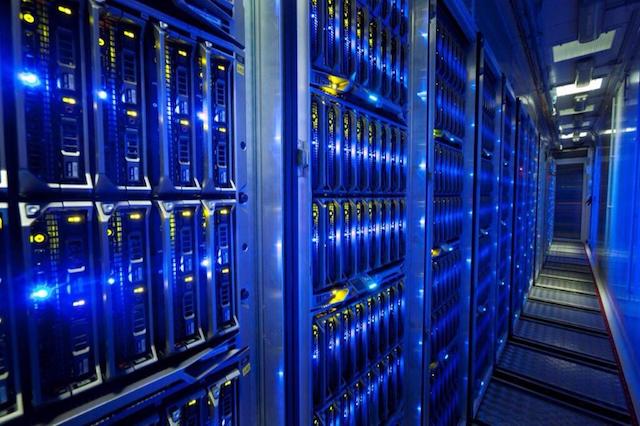
A petabyte sounds enormous—and it is. It’s enough to store the entire internet or a lifetime’s worth of knowledge inside the “meatball” we call a brain. But believe it or not, a petabyte isn’t even close to the end of the data storage road. Numbers keep going, and so does the metric system. Ever heard of a yottabyte? Buckle up, because things are about to get mind-bending.
Yottabytes are the giants of the data world. To get there, you have to climb past petabytes, then exabytes, then zettabytes. A yottabyte is the largest unit officially recognized by the International System of Units, and it represents one septillion bytes—or one quadrillion gigabytes. To put that in perspective, if you tried to store a yottabyte of data on hard drives (which, by the way, doesn’t exist in the real world), you’d need enough drives to cover the combined area of Delaware and Rhode Island. Oh, and you’d also need about a million data centers to house it all.
It’s hard to wrap your head around numbers this big. A yottabyte isn’t just a theoretical concept; it’s a reminder of how vast the digital universe can be. While we’re not generating yottabytes of data yet, the fact that we’ve even named such a unit shows just how much we’ve come to rely on data in every aspect of life. From streaming movies to tracking global weather patterns, the world runs on data—and it’s only growing.
8.278,000 Petabytes of Traffic Flowed Through the Internet Per Month in 2021

When you’re scrolling through social media, streaming your favorite show, or just browsing the web, have you ever stopped to think about how much data is zipping through the internet at that very moment? Or how many people around the world are doing the exact same thing? The answer is simple: a lot. And by “a lot,” we’re talking numbers so big they’re hard to wrap your head around.
In 2021, global internet traffic—basically, all the online activity happening worldwide—reached an estimated 278,108 petabytes per month. To put that into perspective, just five years earlier, in 2016, that number was “only” 96,054 petabytes. That’s a massive jump in just half a decade. And it doesn’t stop there. By 2023, experts predicted global traffic would hit 150.7 exabytes per month, which translates to a staggering 150,700 petabytes. That’s enough data to stream millions of movies, send billions of emails, and keep the entire planet connected 24/7.
But what does this actually mean for us? Every time you upload a photo, watch a video, or even send a text, you’re adding to this ever-growing ocean of data. It’s a reminder of how much we rely on the internet for everything—from work and entertainment to staying in touch with loved ones. And as more people come online and technology advances, those numbers are only going to keep climbing.
7.It Would Take 500,000 Terabytes of Data to Map a Mouse’s Brain

We touched on how much info your brain might be able to store in it, but what if we wanted to map your brain? That’s a little more complex a question to answer than you might think. Mapping your brain means understanding all the neurons, all the synapses, all those hundreds of billions of connections that are needed to make it work the way it works. To map all of that would take a hell of a lot of time and data.
Neuroscientists would love to map a human brain but it’s a tall order. It’s been estimated that, aside from the complexity of just pulling such a thing off, storing the information mapped would require about 1.3 billion terabytes of storage space.
To at least broach the idea of mapping a human brain, researchers have looked at a smaller scale. Mouse brains are not as complex as humans though make no mistake they are still incredibly complicated. But mapping a mouse brain would take a lot less, at least.
Researchers are starting their task with a section of mouse brain, a tiny 10-square-millimeter segment. They expect mapping that small bit will take 10,000 terabytes of data. They’d need 50 times more, or 500,000 terabytes, for the full mouse brain.
If the plan works as expected, all the data will show exactly how the brain works, and how all of those neurons function together to create a living, working brain.
6.In 1980, a 1 GB Hard Drive Weighed Over 500 Pounds
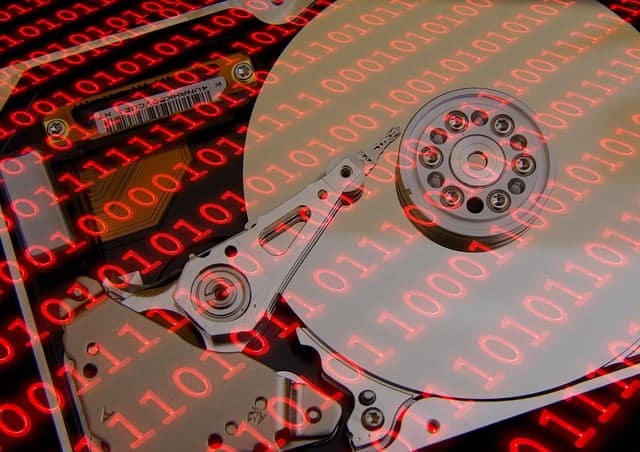
If you’ve been around long enough, you’ve probably noticed something fascinating about technology: it keeps getting smaller and more powerful. The smartphone in your pocket today has more computing power than a clunky desktop computer from the 1980s. Back then, memory was bulky and expensive, but now? We can fit an incredible amount of data into devices no bigger than your thumb. It’s a trend that’s only accelerating, and for many people alive today, it’s hard to imagine what tech was like just a few decades ago.
Take the humble gigabyte, for example. In 1980, IBM unveiled the world’s first one-gigabyte hard drive. It was a groundbreaking achievement at the time, but by today’s standards, it’s almost laughable. That one gigabyte of storage cost a jaw-dropping $40,000, weighed 550 pounds, and was the size of a refrigerator. Fast forward to today, and you can buy a one-gigabyte flash drive for less than a cup of coffee. In fact, Amazon sells a pack of 50 one-gigabyte drives for just over $75. That’s right—50 of them. And each one is small enough to hang on your keychain.
To put it another way, the cost of that 1980s hard drive could buy you more than 26,600 of today’s tiny flash drives. It’s a staggering comparison that highlights just how far we’ve come. Back then, one gigabyte was a marvel of engineering; today, it’s barely enough to store a few songs or a handful of documents. Most smartphones don’t even come with so little memory anymore.
This evolution isn’t just about convenience—it’s a testament to human ingenuity. As technology improves, we’re able to pack more power into smaller spaces, making our lives easier and more connected. So, the next time you’re scrolling through your phone or saving files to a thumb drive, take a moment to appreciate how far we’ve come. That refrigerator-sized hard drive from the ’80s? It’s now a relic of the past, replaced by something you can carry in your pocket.
5.Data on Star Trek Has Less Storage Capacity Than Modern Supercomputers
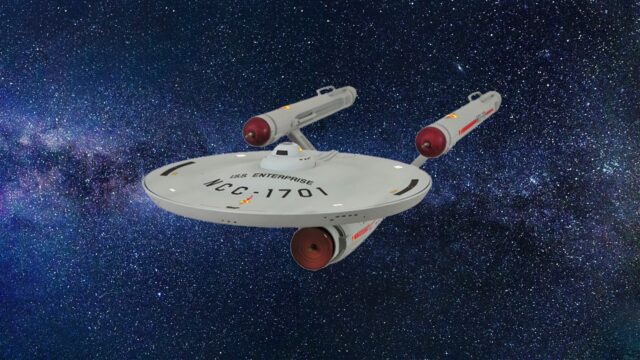
When we talk about computers versus brains, the conversation inevitably turns to artificial intelligence—not the kind of “AI” we have today, which is mostly advanced text modeling, but the real deal: a machine that’s truly alive, self-aware, and capable of independent thought. Think Commander Data from Star Trek. You know, the kind of AI that’s still firmly in the realm of science fiction.
Data, for those who haven’t binge-watched Star Trek: The Next Generation, is essentially a human-shaped computer with the ability to think, learn, and even feel. Early in the series, an episode establishes that he’s not just a machine—he’s alive, sentient, and not someone’s property. It’s a fascinating exploration of what it means to be “human,” even if you’re made of circuits and synthetic skin.
But let’s talk specs. The show’s writers were careful not to get too specific about Data’s technology, knowing that what seemed futuristic in the 1980s might look laughably outdated just a few years later. Still, they did drop one juicy detail: Data’s storage capacity is 800 quadrillion bits. Sounds impressive, right? Well, that breaks down to about 100,000 terabytes, or 100 petabytes.
Back in 1989, when the episode aired, 100 petabytes was mind-blowing. Today? Not so much. The supercomputer Aurora, which exists right now in the real world, boasts a capacity of 220 petabytes—more than double Data’s storage. The catch? Aurora hasn’t achieved sentience. At least, not that we know of.
It’s a fun reminder of how quickly technology evolves. What once seemed like the pinnacle of futuristic computing is now just another benchmark we’ve surpassed. But while we’ve beaten Data in terms of raw storage, we’re still light-years away from creating a machine that can truly think, feel, and debate the ethics of its existence. Maybe one day, but for now, Data remains a dream—and a pretty cool one at that.
4.The Fastest Internet Ever Recorded Was More Than 7 Million Times Faster Than Average

Memory is important for any computer but so is speed. Who cares if you can store 1,000 movies if you have dial-up internet? Hey, remember dial-up? Speed is key to transmitting large amounts of data. In the US, the average internet speed is 219 Mbps download and 24 Mbps upload. 25 is considered fast, at least by the FCC, and basic is between three and 8.
You may think 25 is not fast at all and you’re right, it’s not. It’s not even close. The fastest internet ever recorded was 319. And that wasn’t Mbps or even a basically unheard-of Gbps which you can only get with some good quality fiber service. That was Tbps—319 terabits per second.
Japanese researchers broke the speed record in 2021 with a cutting-edge four-core optical cable. It’s so fast that, if you had it at home, you could download 80,000 movies in one second.
3.Frontier is the Most Powerful Computer Ever Built
We’ve talked a lot about memory, storage, and even touched on supercomputers. But what’s the king of all supercomputers? Meet Frontier—the most powerful supercomputer ever built (at least for now, though it might be dethroned by the time you read this). Frontier isn’t just another supercomputer; it’s a groundbreaking machine that made history as the first exascale computer. What does that mean? It can perform over one quintillion operations per second. Let that sink in for a moment.
So, how does Frontier pull off such mind-boggling feats? For starters, it’s a beast of a machine. Weighing in at nearly 270 tons, it’s packed with over 40,000 processors working in perfect harmony. But all that power comes at a cost: Frontier guzzles more electricity than 15,000 homes combined. It’s not just a computer—it’s a technological titan.
What makes Frontier so special isn’t just its raw power, though. It’s the doors it opens for science and innovation. From simulating climate change to unraveling the mysteries of the universe, Frontier’s capabilities are reshaping what we thought was possible. It’s a reminder of how far we’ve come—and how much further we can go.
Of course, in the fast-paced world of technology, Frontier’s reign at the top might not last forever. But even if it’s eventually surpassed, it will always hold a place in history as the first of its kind. So, the next time you hear about a scientific breakthrough or a groundbreaking discovery, remember: there’s a good chance Frontier played a role in making it happen.
2.Synthetic DNA Could Have 215 Petabytes of Storage Per Gram
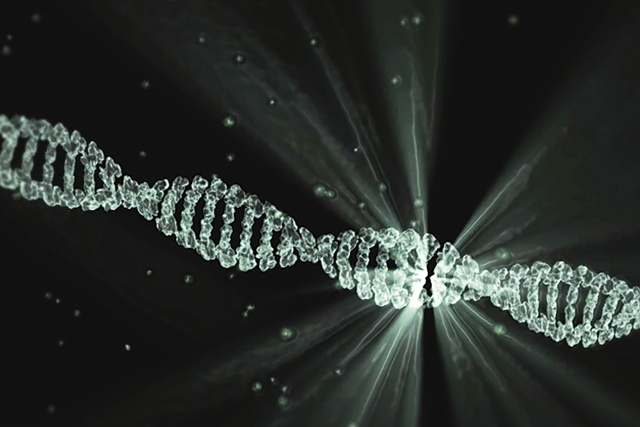
As our ability to create more efficient storage increases, so too does the innovation in how it’s made. In recent years, the idea of using synthetic DNA as data storage has become more prevalent, in a theoretical sense. DNA holds all the information that makes up living things, after all, and it does so in microscopic packages. Lots of info, tiny space. It’s what computer dreams are made of.
If we could make synthetic DNA storage, it’s been estimated we could store as much as 215 petabytes of information in just a single gram of the stuff.
As cool as it sounds, there are a couple of major drawbacks. One is that it takes a lot of time to read and write information to DNA storage. As in hours. No one wants to wait hours to save a file. But worse than that is cost. MIT once estimated that storing a single petabyte of data to DNA storage would cost about $1 trillion.
1.From Cavemen to AI: All Spoken Words Could Fit in 5 Exabytes

When we talk about data and memory, the numbers can feel abstract and overwhelming. Saying “one terabyte” doesn’t mean much to most people. But if you explain that it’s enough to store 250 movies, suddenly it clicks. That’s the power of relatable examples—they turn big, intimidating concepts into something we can wrap our heads around. And when you’re dealing with ideas this monumental, you can have a little fun with it. Let’s go bigger.
Imagine trying to record every word you’ve ever spoken in your lifetime. It sounds like a lot, right? But what if we took it a step further? What if we wanted to document every word ever spoken by every person who has ever lived? Every conversation, every shout, every whisper—across all languages, throughout all of human history. How much data would that take? The best estimate? About 5 exabytes.
To put that into perspective, roughly 117 billion people have lived on Earth. One writer calculated that the average person speaks around 860.3 million words in their lifetime. Multiply that by 117 billion, and you’re looking at a number so large it’s almost incomprehensible. It’s not just a lot of words—it’s an entire universe of human expression, captured in data.
This kind of thought experiment isn’t just about numbers; it’s about understanding the scale of human experience. Every word we speak is a tiny piece of a much larger story, and together, they form a tapestry of history, culture, and connection. So, the next time you’re chatting with a friend or telling a story, remember: you’re adding to a legacy that spans millennia. And if we ever tried to store it all, we’d need a lot of hard drives.
























